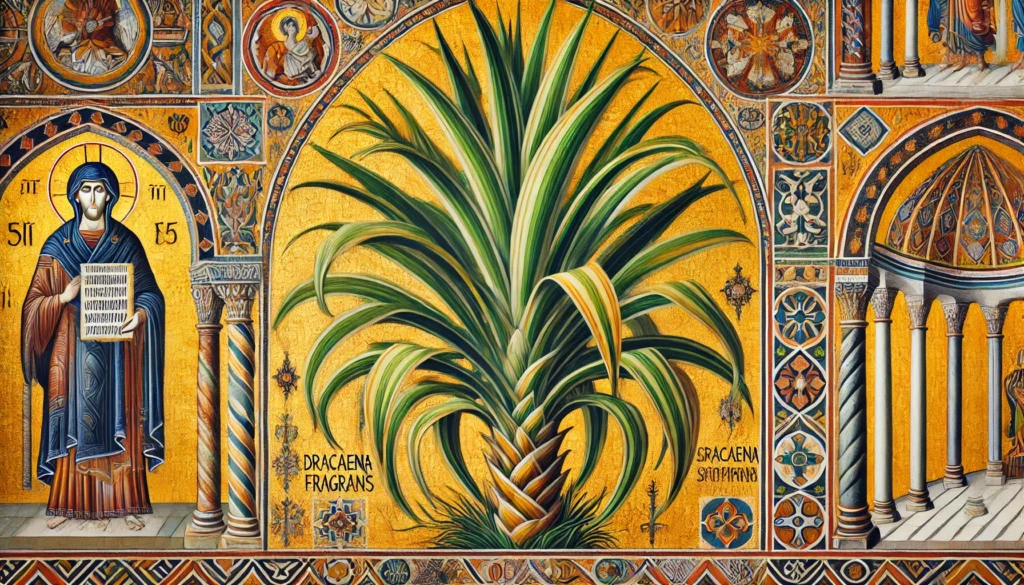

Home » Cat Plants » Corn Plant Dangers: How It Can Harm Your Cat?

The Corn Plant (Dracaena fragrans), also known as Cornstalk Plant, Dracaena, Dragon Tree, or Ribbon Plant, is toxic to cats. While not technically an allergy, cats can experience severe poisoning symptoms if they ingest any part of this popular houseplant.
The Corn Plant contains toxic compounds called saponins, which can cause serious gastrointestinal issues and other health problems in felines. This plant is commonly found as an indoor ornamental plant in homes and offices.
Ingestion may cause mild gastrointestinal upset, but is generally not life-threatening.
Ingestion can result in mild symptoms like vomiting, diarrhea, or drooling. Rarely fatal but may require veterinary care.
Eating these plants can lead to more pronounced symptoms like abdominal pain, lethargy, or difficulty breathing. Veterinary intervention may be necessary.
Ingesting even small amounts can cause severe symptoms like organ damage, seizures, or cardiac failure without rapid treatment.
All parts of these plants are extremely poisonous to cats and can quickly lead to death, even with immediate veterinary care.
** Please note: Please note that toxicity level can vary based on the amount ingested and the specific cat. It's always best to keep these plants completely inaccessible to cats and seek immediate veterinary care or call the poison hotline if you suspect your cat has ingested any part of a toxic plant.
If a cat ingests any part of a Corn Plant, it may experience the following symptoms:
If you suspect your cat has ingested part of a Corn Plant, it’s crucial to contact your veterinarian immediately. Your vet will likely perform a physical examination and may recommend the following diagnostic tests:
Treatment will depend on the severity of symptoms but may include fluid therapy, medication to control vomiting, and supportive care.

A: Yes, cats can be allergic to Corn Plant. Symptoms of an allergic reaction may include itching, sneezing, and skin irritation.
A: Yes, Corn Plant, also known as Dracaena fragrans, is toxic to cats. Ingesting any part of this plant can cause symptoms such as vomiting, diarrhea, and drooling.
A: Symptoms of Corn Plant poisoning in cats include vomiting, diarrhea, excessive drooling, loss of appetite, and depression. Immediate veterinary care is recommended if ingestion is suspected.
A: To prevent contact, ensure that Corn Plant is not present in your home or garden. Keep your cat indoors or monitor outdoor activities closely to avoid exposure.
A: If your cat ingests Corn Plant, contact your veterinarian immediately. Do not induce vomiting unless instructed by a veterinary professional. Immediate medical attention is necessary.
A: Yes, Corn Plant is commonly found in homes and gardens as an ornamental plant. It is important to ensure this plant is kept out of reach of cats to prevent accidental ingestion.
The Corn Plant is native to tropical regions of Africa, including Sierra Leone, Mozambique, and Angola. It was introduced to Europe in the mid-19th century and gained popularity as an ornamental houseplant due to its tolerance for low light and easy care requirements.
Today, it remains a common indoor plant worldwide, although it poses a risk of toxicity to pets like cats and dogs.
Please note: The information shared in this post is for informational purposes only and should not be considered as veterinary medical advice.
🐾 A hilarious or heart-melting cat video
🐾 Our latest paws-on review of a cool cat toy